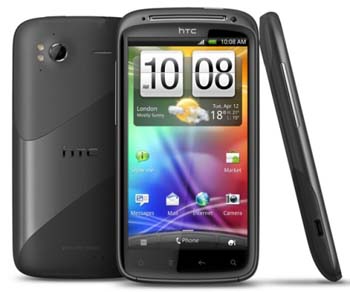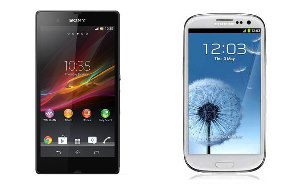Put aside those old reading glasses or too-hip Wayfarers and take a look at the up and coming “smart glasses” market. Google is the first to the starting line with a pair of interactive and Internet-connected eyeglasses that beam images of data searches and more into the user’s eyes. Indeed, this technology helps free up the hands yet still allows connectivity. This technology is expected to change how computing and communications are conducted within the next several years.
Google Glass Technology
Google Glass consists of eyeglasses outfitted with cameras, a microphone, voice recognition and smartphone technology. A lens delivers pictures, videos and data, presenting them as an overlay above your field of view. For example, you could speak a search request about your current location while standing in front of a business, and information from Google will appear superimposed above the building, enabling you to read customer reviews or get details about products and services offered by the company.
As an early example of wearable computing, Google Glass allows you to experience “augmented reality.” Instead of having to consult your smartphone to get directions while you’re walking, you could use Google Glass to see directions to your destination appearing over whatever you see, with text labels guiding you as you move. Pick up some produce at your local farmer’s market, and use Google Glass to get ideas for different recipes you could use for it.
Driving and Walking with Hands-Free Computing
While driving, you could use Google Glass to pull up your to-do list for the day and see a reminder that you want to pick up your dry cleaning. The text would be easy to read, and you could even enable Google Glass to only display the information when the car is at rest, such as while you are waiting at a traffic light. In fact, using location-based services, Google Glass could detect that you are leaving work and heading home, and remind you to stop at the store to pick up items on your shopping list, which it will display as soon as you enter the market.
Because Google Glass enables hands-free computing, you’ll be able to access information much more efficiently. You could be walking with a friend and discussing an upcoming trip to Bolivia. Your friend wants to know the capitol of Bolivia, and instead of pulling out a smartphone and typing in the request, one of you can simply ask the question and let Google Glass deliver the information right to your eye as you continue to walk.
Imagine an attractive person catches your eye while you’re at a party. If Google Glass connects to a facial recognition server, it might be able to identify the person you’re looking at and show you his or her social networking pages, enabling you to see if you want to actually approach and begin a conversation.
Marketing to Consumers
Businesses looking for new ways to market their products and services to customers could begin taking advantage of Google Glass technology to deliver customized advertisements to users as they walk through a shopping mall, for example. When Google Glass uses location services to detect that customer has just entered a pet shop and is looking at different brands of dog food, it could display a coupon for a featured brand, or even suggest additional items, such as a new leash or a chew toy to the customer.
Wearable computing in the form of devices such as Google Glass will revolutionize the way people interact with the world. You can get more information from the environment around you, and businesses can better target consumers with offers that they actually would want to see.


